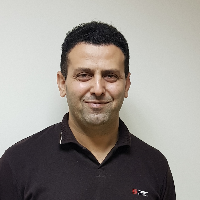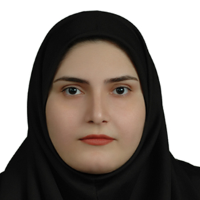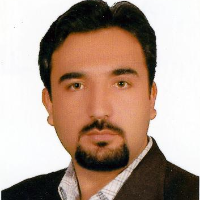Crop pattern optimization by using Goal programming (case study: Gharesoo basin)
Water scarcity is one of the major problems for farmers in arid and semi-arid areas, and theexcessive groundwater resources harvesting cause a decrease in groundwater level in aquifers. Therefore, planning for the optimal use of water resources by introducing appropriate cropping patterns, taking into account the maximum profit and minimum water consumption, is necessary. In this study, two methods of conventional linear and goal programming for the ideal planning of appropriate cropping pattern and the optimal harvesting of groundwater resources is presented in Gogan and Kordkuy cites located in Golestan province.
The cities of Gorgan and Kordkuy located in Golestan province, which are important agricultural sites, are considered as a study area in this research. After providing information on the area of cultivation, the cost of production and the price of sales of major agricultural products, net irrigation demand was calculated considering irrigation efficiency using NETWAT software. The mentioned data besides information on the potential of groundwater harvesting in both linear and goal programming were compared considering market constraints and the goals of increasing profits and reducing water use to optimize the cropping pattern and groundwater harvesting values.
The results showed that by using linear programming, water consumption in Gorgan and Kordkuycould be reduced by 19.6 and 8.8 percent, respectively, and the profit from agricultural production in Gorgan and Kordkuy cities will experience increase equal to 12.6 and 10.4 percent. Linear planning suggests that the products such as wheat, rice, potatoes and forage corn in Gorgan city and wheat, rice, rainfed spring soybean and summer cotton in Kordkuy while the goal programming suggests the optimized cropping pattern with an increase of 5 percent in profit and with a 45 percent reduction in water consumption. The results of goal programming showed that the cropping pattern in Gorgan city should be wheat, rice, tomato, and rapeseed while it should be wheat, rice and rainfed spring soybean in Kordkuy.
The outcomes of linear and goal programming hn this study for determination of optimal cropping pattern in Gorgan and Kordkuy cities show there is no optimal cropping pattern in the current condition. The results of this study indicate the possibility of a reduction in water consumption, as a valuable item in the study area, equal to 46 and 47 percent in Gorgan and Kordluy cities respectively with 5 percent increase in of profit in both cities.
-
The Allocation of Groundwater Resources and Managing Conflict between Stakeholders: Evidence from Iran
Elnaz Asadi, *, Farshid Eshraghi
Iranian Economic Review, Winter 2025 -
Trends in Catch and the Impact of Environmental Factors on Istiophoridae in the Western Indian Ocean
Keyvan Bozorgomid*, Rasoul Ghorbani, , Azim Fazel, Mohamad Darvishi, Ali Haghii Vayghan
Journal of Applied Ichthyological Research, Autumn 2024 -
Feasibility of forecasting extreme precipitation duration indices using teleconnections (Case study: Gorgan and Rasht weather stations)
Golnar Qanbarzadeh, *, Meysam Salaryjazi, Chooghi Bairam Komaki, Laleh Rezaei Ghaleh
Journal of Agricultural Meteorology, Winter and Spring 2025 -
Analysis of the Factor Affecting Farmer Household Food Security of Amol County’s Rural Areas
Hafeze Hosseini, Azam Rezaee *, Farhad Shirani Bidabadi, Ahmad Abedi Sarvestani,
Rural Development Strategies, -
Simulating chlorophyll a in dam reservoirs using remote sensing and data-driven approaches
Javad Zahiri *, Mitra Cheraghi,
Water and Soil Conservation, -
Evaluation of the effects of drought indicators on water poverty (Case Study: Gorgan Township)
Monireh Liaghi, *, Ghorban Ghorbani Nasrabad, , Fariba Niromandfard
Journal of Water and Soil Management and Modeling, -
Application of Game Theory to Determining Optimal Harvesting of Water Resources (case study: Gharesu basin)
*, , ,
Water and Soil Conservation,






